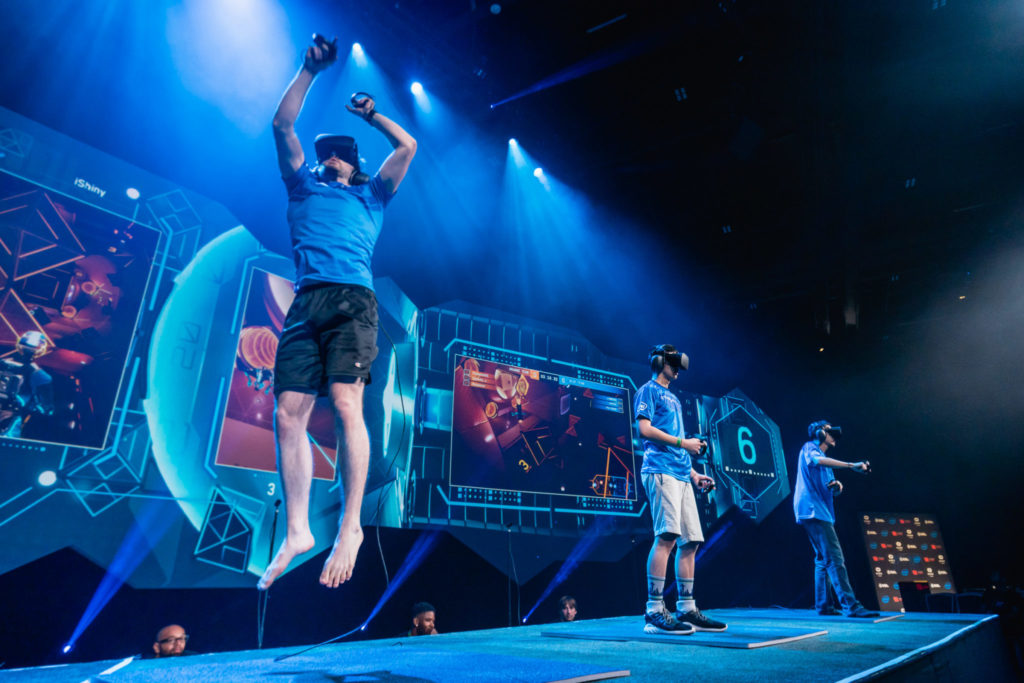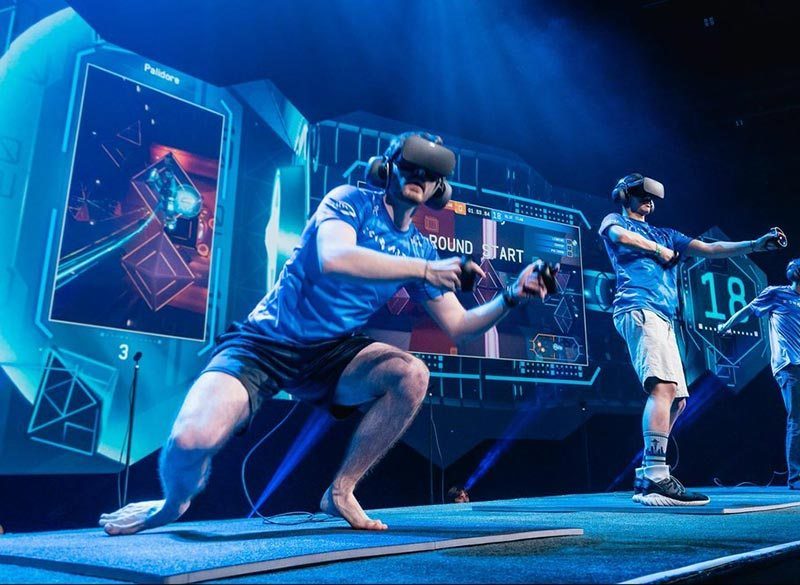Esports And Virtual Reality: What The Future Holds For Competitive Gaming
Esports is a phenomenon that’s gaining a lot of traction lately. Its following has grown at an incredible rate, outpacing that of traditional sports leagues like NFL, NHL, and MLB. The game with the greatest following is Counter-Strike: Global Offensive followed closely by Defense of the Ancients (DotA) 2.
The only sports organization to currently have a larger following in the US is NBA. Part of the secret of esports’ success is its capability to quickly adapt and transform, as opposed to traditional sports that are “static”. Like traditional sports, esports have their own agencies, tournaments, and stars. Their form is mostly “traditional”, though – played on computer screens with a multi monitor computer desk, keyboards and mice. Could the emerging virtual reality have an impact on how these competitive games are played?
VR and gaming
Virtual reality is expected to have a massive impact on how people play games. Current VR headsets require quite the high-profile computer to run smoothly, yet as we’ve seen before, today’s prohibitive hardware configuration will surely become the average in the coming years. VR gaming, currently with a handful of high-profile games, will become accessible to the masses.
The same masses that a play table games at Wintingo casino and casual games connected to social networks. This will most likely change the games offering available, both at the Wintingo and social networks. Wintingo games will probably loosen their “single-player” form a bit, becoming a more social experience. New forms of games might also appear, allowing Wintingo players – and “social” players, too – to play games together in an immersive environment.
Competitive reality?
Counter-Strike: Global Offensive already has what it takes to become the first virtual reality eSports variety. Attempts to transpose a few maps into VR or play the actual game with complete immersion have already been made by a variety of users – there are quite a few YouTube videos that showcase the results.
We might see the first competitive gamer invest in the VR gear necessary to play the game “even more professionally” sooner rather than later. Will being inside the gaming environment mean an advantage for these players? Will there be rules for or against using virtual reality versions of the game in official competitions? It remains to be seen. But one thing’s for sure: spectating in VR will clearly beat watching the match on a screen.

Only time will tell
There is currently no way to tell whether the emerging VR technology will have any impact on the world of competitive gaming. The impact it will have on the spectators, in turn, will be a lot more significant. If “real” sports can be watched in VR from the sideline (until cameras will be attached to the players for a “first-person” experience), competitive video games can put the spectators right in the middle of the action.
For gamers who enjoy sandbox games such as Minecraft, once paired with a hosting server such as GGServers, the potential for multiplayer gaming combined with VR is an exciting prospect. This will deliver a significantly improved experience for spectators, possibly boosting the following of eSports even further.

